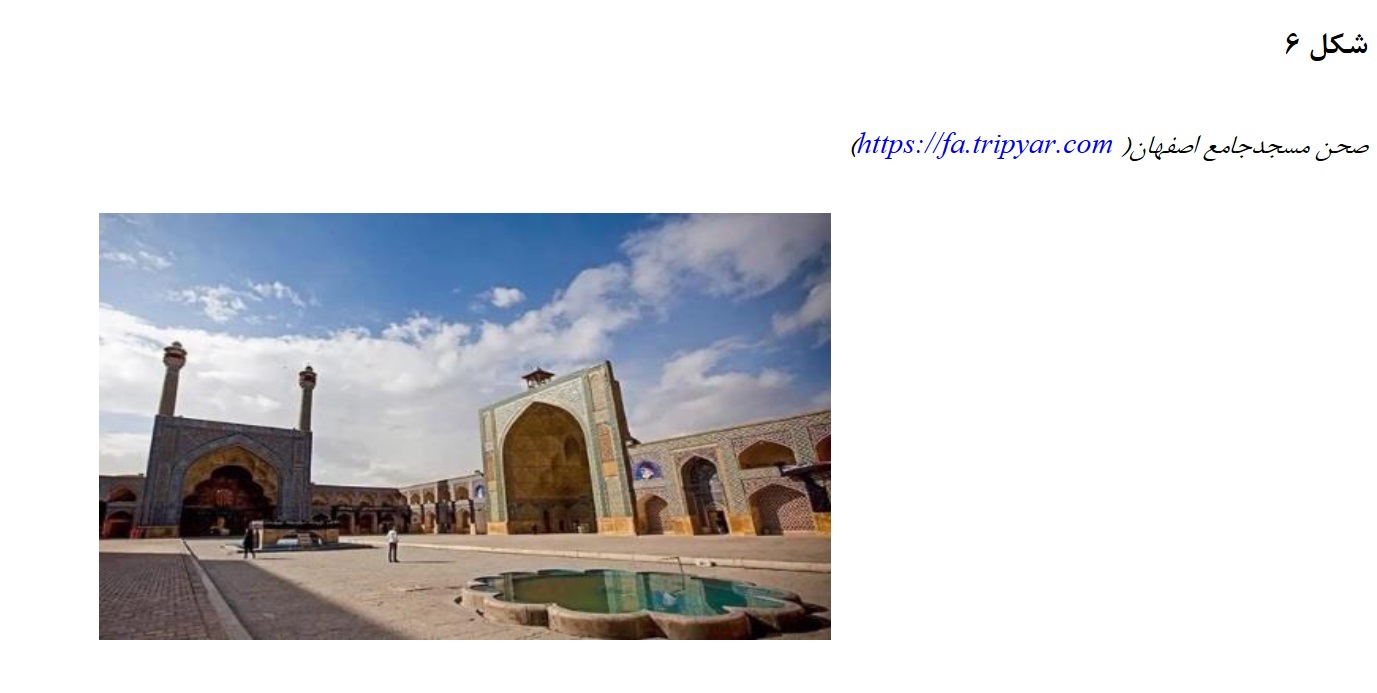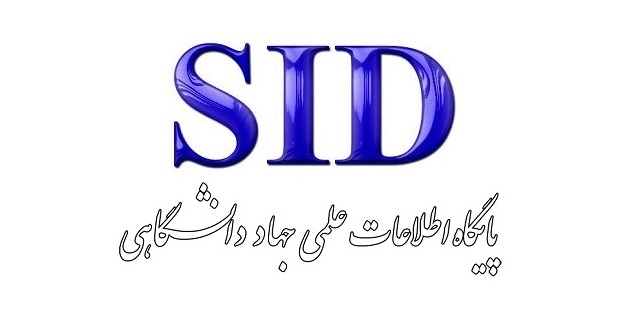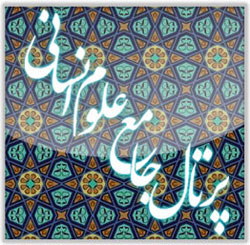The Mythological Explanation of the Four Elements in the Space of Timurid Mosques: A Comparative Study of the Jameh Mosque of Isfahan and Goharshad Mosque
Keywords:
Mythology, Four Elements, Timurid Period, Goharshad Mosque, Jameh Mosque of IsfahanAbstract
Throughout history, Iranian mosques have embodied both esoteric and exoteric aspects rooted in the four elements within their architectural design, and they possess inherent symbolic and mythological dimensions. The present study aims to elucidate the mythology of the four elements in the spaces of Iranian mosques during the Timurid period, focusing on the Jameh Mosque of Isfahan and Goharshad Mosque. The research employs a qualitative methodology based on a phenomenological approach. Initially, a descriptive-interpretative method is used, followed by a qualitative approach in the research stage, a holistic-to-particular method in the reasoning stage, and a phenomenological method in the interpretation of the four elements and components of the structures in the Jameh Mosque of Isfahan and Goharshad Mosque. The results demonstrate that in the selected mosques, grounded in the understanding of the four journeys, the progression from earth to water, air, and fire, and the transition from the physical world towards the intermediate and afterlife worlds, in alignment with the four elements, sensory perceptions of spaces, archetypal images of elements and components, and proportions and movement towards the realm of imagination are consciously employed. This conscious application enables the representation of the myth of creation and death, which can be perceived and understood through the sequential transition of spaces. Based on the principles of spatial presence, the perception of knowledge and sensory experiences, and the phenomenological understanding of space, inlogical reasoning within the discussion, intuitive knowledge of spatial perception necessitates an archetypal behavior in users, with the goal of directing attention towards the metaphysical realm and perceiving the sacred.
Downloads
References
Asadi, S. (2017). Recognition of Humans and Myths in the Modern Age. Research Journal of Nations, 2(23), 141–152.
Campbell, J. (2019). The Power of Myth, translated by Abbas Mokhber (15th ed.). Nashr Markaz.
Cassirer, E. (2017). Language and Myth, translated by Mohsen Thalathi (5th ed.). Morvarid Publications.
Dadfar, P., Far, K., Lili, D. A., & Fariborz. (2020). Explaining the Impact of Spatial Experience of Mosques on Mental Healing (Case Study: Goharshad Mosque. Greater Khorasan Quarterly, 38, 1–16.
Dari, A., Talischi, G., & Jabaran, F. (2018). Finitude and Infinity in the Spatial Structure of Islamic Architecture in Safavid Mosques (Case Study: Sheikh Lotfollah Mosque and Imam Mosque in Isfahan. Islamic Architecture Research Quarterly, 6(19), 19–38.
Eliade, M. (2011). The Sacred and the Profane: The Nature of Religion, translated by Behzad Saleki (3rd ed.). Scientific and Cultural Publications.
Eliade, M. (2014). Perspectives on Myth (J. Sattari, Trans.; 3rd ed.). Tous.
Forouzan Kia, E., & Estaji, E. (2017, 2017). The Manifestation of Fire in Myths and Religions.
Ghavi Panjeh, Z. (2009). Decoding the Symbol of Earth in the Art of the Land of Mysteries. Art Quarterly, 79, 173–158.
Ghavi Panjeh, Z. (2015, 2015). Symbolism of the Triangle in the Four Elements (Water - Wind - Earth - Fire.
Haji Ghasemi, K. (2016). Ganjnameh, Volume Seven: Jameh Mosques, Part One (9th ed.). Roozaneh.
Hamzehnejad, M., Rabani, M., & Torabi, T. (2015). The Role of Wind in Human Health in Islamic Medicine and Its Impact on the Location and Structure of Traditional Iranian Cities. Naqsh-e Jahan Scientific-Research Quarterly, 1(5), 43–57.
Kalantar, N., Tahsili, S., Tahereh, H. J., Reza, M., & Heydari, A. (2016). The Journey of Fire from Myth to Mysticism: The Mythical Roots of Symbols Related to Fire in Mysticism. Journal of Ancient Persian Literature, 3(7), 27–51.
Khoshrouy, M., & Askari-Zadeh, R. (2019). Geometric Analysis of the Plan of Isfahan Jameh Mosque with Emphasis on Its Physical Evolution in Different Periods. Shabak Quarterly, 5(4), 52–60.
Mahdinia, J., Azamati, H., Abad, S. H., & Ali. (2018). Comparative Study of Design Criteria of Mosques Based on Spatial Organization (Case Study: Traditional, Contemporary, and Modern Mosques. Iranian-Islamic City Quarterly, 31, 63–74.
Masrouri, S., & Akbari, A. (2018). Understanding Architectural Narratives Based on the Relationship (Dialectic of Space-Time) with the Body. Iranian Anthropological Research, 8(2), 75–97.
Moghni Pour, M. (2021). Study of the Nature of 'Mythical Space' Based on the Views of Ernst Cassirer. Metaphysics Quarterly, 12(30), 101–119.
Mohammadi-Asl, A. (2016). Claude Lévi-Strauss Anthropology: The Need for Myth in the New World. Arman Roshd.
Mozaffari, A. (2017). The Birth of Healing Myths in the Iranian Mythical Tradition. New Literary Research Quarterly, 46, 149–166.
Namvar Motlaq, B. (2018). Introduction to Mythology. Sokhan.
Nasr, S. H. (2017). Ideals and Realities of Islam (E. A. Rahmati, Trans.; 4th ed.). Jami.
Nazem, F., Habib, F., & Souzanji, K. (2020). The Four Elements (Water, Earth, Air, and Fire): An Iranian Model for Urban Park Design. Environmental Science and Technology Quarterly, 2(22), 209–233.
Pahlevan Alamdari, L. H., Majedi, F., Sattari, H., & Sarbanqoli, H. (2018). Analysis and Study of Islamic Patterns and Plant Motifs in the Mihrab of Oljaito Jameh Mosque in Isfahan. Naqsh-e Jahan Quarterly, 8(4), 214–221.
Rasouli, E., E'tesam, I., & Matin, M. (2020). Style and Decoration of Buildings in the Timurid Era. Islamic Art Studies Scientific-Research Journal, 16(37), 109–127.
Sattari, J. (2015). Myth and Symbol in the Thought of Mircea Eliade (J. Sattari, Trans.; 5th ed.). Nashr Markaz.
Shalaeva, A. (2017). Symbolism and Mythology of the Ancients: An Outline of. Georg Friedrich Creuzer’s Argument, Higher.
Talai, S., Akbari, A., & Hamzehnejad, M. (2020). Phenomenological Analysis of Sacred Places in the Iranian-Islamic City Based on the Presence of the Four Elements in Space; Case Study: Shah Nematollah Vali Shrine in Mahan City. Iranian-Islamic City Quarterly, 42, 43–54.
Vasegh Abbasi, A., Mashhadi, A. M., & Rezaei, R. (2015). Recognition of the Position of the Wind Myth in Shahnameh. Poetry Research Journal (Boostan Adab, 7(3), 153–170.
Vopolo, P. (1989). Islamic Architecture (H. Jazani, Trans.; 1st ed.). Raje Cultural Publishing Center.
Wilber, D. N., & Golombek, L. (1995). Timurid Architecture in Iran and Turan (K. Afsar & M. Y. Kiani, Trans.; Vol. 1). Cultural Heritage Organization.
Zomorodi, H., & Zomorodi, Z. (2013). Architecture of Iranian Mosques and Its Sacred Arts. Iranian-Islamic City Studies Quarterly, 1(15), 5–20.

Downloads
Published
Submitted
Revised
Accepted
Issue
Section
License
Copyright (c) 2024 ندا یوشعی نوبر; سید محمد فدوی (نویسنده)

This work is licensed under a Creative Commons Attribution-NonCommercial 4.0 International License.







